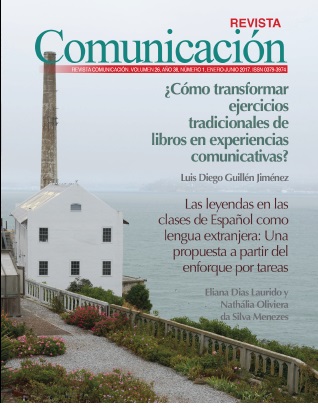Pure pedagogy: educational tools to maintain student interest and engagement in language courses
Main Article Content
Abstract
In 2017, language educators are considering the best ways to educate students because of
the increase in technology use. This article addresses three topics that language instructors
frequently consider: (1) the use of technology with current students, (2) appropriate methods and technologies for use with current generations, and (3) the implementation of change to increase student engagement. This article argues that engagement is a critical aspect in language classrooms and knowledge of current students, technology, and second language teaching methods can help maintain interest and participation with students. While it is futile to argue for a single method as the most optimal way to teach a language, this paper offers information on multiple methods and evaluates their usage with current generations while touching on the considerations that must be taken into account while implementing technology with students in language classrooms. This research utilizes Task-Based Language Teaching (TBLT) as a main base for the methodological framework, yet other methods are considered because technology and additional methods, such as the Grammar-Translation Method, the Natural Method, Community Language Learning (CLL), Total Physical Response (TPR), and Teaching Proficiency through Reading and Storytelling (TPRS) can be integrated within TBLT to maintain the interest and engagement of current language students.
Article Details
This work is licensed under a Deed - Atribución/Reconocimiento-NoComercial-SinDerivados 4.0 Internacional - Creative Commons.
Política de acceso abierto
Esta revista provee acceso libre inmediato a su contenido bajo el principio de que hacer disponible gratuitamente investigación al público apoya a un mayor intercambio de conocimiento global.
Ser una revista de acceso abierto, implica que todo el contenido es de libre acceso y sin costo alguno para el usuario o usuaria, o institución. Las personas usuarias pueden leer, descargar, copiar, distribuir, imprimir y buscar los artículos en esta revista sin pedir permiso previo del editor o el autor con fines educativos y no de lucro.
La única limitación de la reproducción y la distribución, y el único papel de los derechos de autor en este ámbito, debe ser dar a los autores el control sobre la integridad de su trabajo y el derecho a ser debidamente reconocidos y citados. (Budapest Open Access Iniciative)
LICENCIAMIENTO Y PROTECCIÓN INTELECTUAL
Todos los artículos publicados, están protegidos con una licencia Creative Commons 4.0 (Deed - Atribución/Reconocimiento-NoComercial-SinDerivados 4.0 Internacional - Creative Commons) de Costa Rica. Consulte esta licencia en: https://creativecommons.org/licenses/by-nc-nd/4.0/deed.es
Las licencias constituyen un complemento al derecho de autor tradicional, en los siguientes términos:
- Se impide la obra derivada (es decir, no se puede alterar, transformar ni ampliar el documento).
b. Siempre debe reconocerse la autoría del documento referido.
c. Ningún documento publicado en la Revista Comunicación, puede tener fines comerciales de ninguna naturaleza.
Mediante estas licencias, la revista garantiza al autor que su obra está protegida legalmente, tanto bajo la legislación nacional como internacional. Por tal motivo, cuando sea demostrada la alteración, la modificación o el plagio parcial o total de una de las publicaciones de esta revista, la infracción será sometida a arbitraje internacional en tanto que se están violentando las normas de publicación de quienes participan en la Revista y la Revista misma. La institución afiliada a Creative Commons para la verificación en caso de daños y para la protección de dichos productos es el Instituto Tecnológico de Costa Rica, mediante la Editorial Tecnológica y la Vicerrectoría de Investigación.

